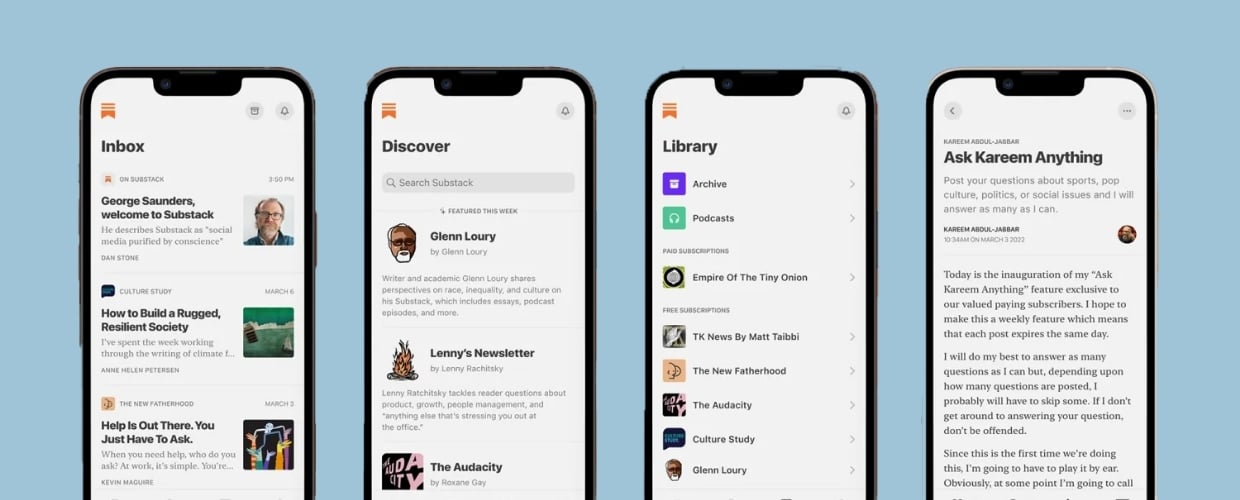A vital part of shifting your brand perception lies in connecting with key media influencers who report on your industry.
To shift your audience’s perceptions of your business you’ll need to start by changing the opinions of influencers and reporters. These are the third-party sources where your customers learn about your company and your industry—and their coverage can reinforce or negate your company’s rebranding efforts.
Over the last 15 years, I’ve helped technology brands all over the world forge connections with the media and tell their stories of innovation.
Whether you’re offering a different service or simply looking to reach new audiences, here are three tips to help you connect with reporters as you look to shift perceptions of your business.
Don’t wait to build relationships
From my experience, many companies wait until they have a big announcement to meet with reporters.
If you wait until the big reveal, you’ll have missed out on valuable opportunities to build a relationship and familiarity with your brand. This is especially important if your new positioning involves entering into a new market or industry where you may not have brand awareness or legitimacy.
Making time for introductions with reporters establishes a foundation. Use these briefings as early connection points for sharing and seeding your perspectives. These initial meetings also allow you to learn about the reporter’s perspective on the industry and the types of stories they want to tell. With this knowledge, you can better tailor your future stories to what you know will resonate and break through the noise.
Finally, these meetings and social encounters lay the groundwork for the ongoing education process needed as your company moves in a new direction. The more a reporter comes to recognize you and your company, the more likely they are to cover your newsworthy announcements when the time comes.
Show, Don’t Tell
How you announce your company’s shift to the media can be more impactful than the announcement itself. Saying you’ve changed through a standard press release alone isn’t going to cut it – you need to find a way to prove it.
Get creative and find ways to immerse reporters in your new brand through an experience. This could mean holding an unveiling press event or a tour of your facilities. If you have a halo product that represents your new direction, look for ways to showcase it in a real-world setting to help bring it to life for reporters. If you’re working on something that doesn’t exist yet, this could mean creating an immersive virtual reality experience so your audiences can experience your futuristic vision first-hand.
Once you’ve shown reporters how you’ve changed, give them the tools to teach their readers and viewers as well. Rethink the standard press kits and ensure your visual branding reflects the new you. Provide compelling videos, sharp visuals and a clean press page to help tell your story.
These integrated approaches will help back up and provide additional color to your brand narrative.
Expect This to Be an Ongoing Process
Remember, change can be difficult. Just as it may take a while for your internal team to adapt, it will take even longer for external audiences, including the media, to shift how they see your business.
A “one-and-done” news announcement on your company’s rebranding will never permanently change how the media reports on your business. When it comes to shifting reporters’ perceptions of your business, you’ll have to demonstrate that your company has changed through consistent words and actions. You can do this by planning early for your communications strategy post-announcement.
Once the initial announcement is over, have a strategy in place to continue building on your organization’s new narrative. Your plan can include messaging for how you would approach any new products or services that could underscore your new direction or customer stories that show your ability to serve a new market or industry. Or maybe it’s research to illustrate how your organization is solving a customer pain point. Continuing to share with the most-influential reporters in your industry will help stay close and reinforce the new narrative you want to tell.
Change is always a challenge. But with time, strategy and commitment to your company’s new vision, you’ll be successful in bringing important media contacts (and, accordingly, your customers) along for the ride!




